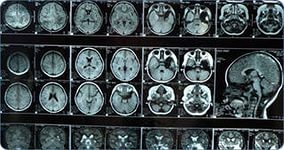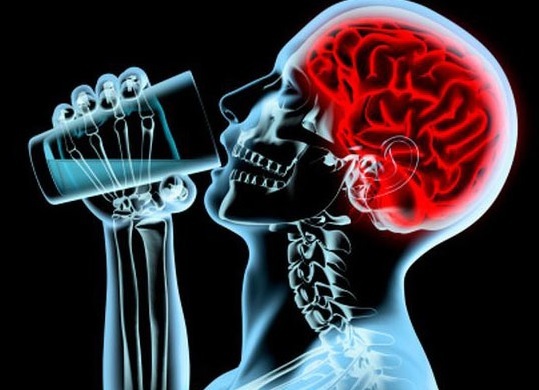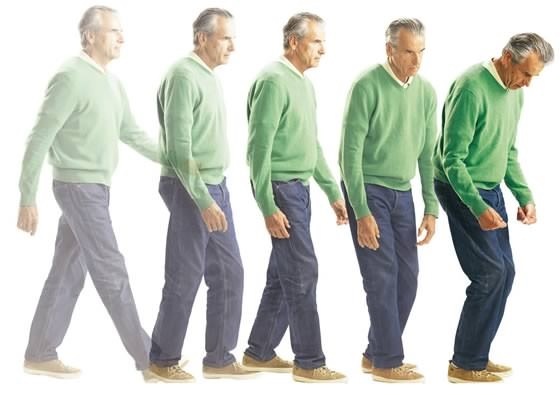Endoscopie: vormen van onderzoek, voorbereiding voor de procedure,
 Not so long ago it was difficult to imagine that doctors would be able to examine the internal organs of patients without dissecting the skin.However, science does not stand still, and modern doctors have the opportunity to diagnose the disease on time and prevent further complications.This method of additional studies as endoscopy, allows you to see the pathology in the hollow organs.Below we will consider what kinds of diagnoses exist, we will clarify the contraindications and preparations for the procedure.
Not so long ago it was difficult to imagine that doctors would be able to examine the internal organs of patients without dissecting the skin.However, science does not stand still, and modern doctors have the opportunity to diagnose the disease on time and prevent further complications.This method of additional studies as endoscopy, allows you to see the pathology in the hollow organs.Below we will consider what kinds of diagnoses exist, we will clarify the contraindications and preparations for the procedure.
History of Endoscopy
Although the first attempts to use endoscopy were carried out as far back as the 18th century, the device was not widely used due to its high traumatism.Over time, in 1806, F. Bozzini invented a tube with a mirror system and a candle as a source of light for examination of the rectum and uterine cavity.To investigate in public this invention failed, and the Vienna Medical Faculty accused the author of "excessive curiosity".
 Further, already used a flexible tube, but the presence of burns due to the use of alcohol lamps for lighting made it impossible to use the endoscope in that historical period.Miniature light bulbs have increased the safety of the device, which was injected into the body through punctures in the abdomen, chest or through natural openings of the human body.
Further, already used a flexible tube, but the presence of burns due to the use of alcohol lamps for lighting made it impossible to use the endoscope in that historical period.Miniature light bulbs have increased the safety of the device, which was injected into the body through punctures in the abdomen, chest or through natural openings of the human body.
Introduction to the use of fiberglass optics in the 50s of the XX century significantly expanded the scope of the endoscope.There was an opportunity not only to better illuminate the cavities of organs, but also to photograph them, and subsequently - and to record on the carriers the images obtained.This helped to track the dynamics of some pathological processes.
Use of selected types of endoscopy
In the modern world, endoscopes are used not only for diagnostic purposes.Most often it is combined with other medical measures: biopsy, sounding, the introduction of certain medicines. In oncology, this method of research takes a separate place - with its help it is possible to recognize tumors in the early stages, which significantly increases the chances of a favorable outcome.
Esophagogastroduodenoscopy
 The instruments used for this study are known as "panendoscopes", because it can be used to consistently consider changes in the esophagus, stomach, duodenum.It is used in emergency surgery( bleeding, foreign bodies in the gastrointestinal tract) and planned( diagnosis and endoscopic operations, for example, removal of polyps).
The instruments used for this study are known as "panendoscopes", because it can be used to consistently consider changes in the esophagus, stomach, duodenum.It is used in emergency surgery( bleeding, foreign bodies in the gastrointestinal tract) and planned( diagnosis and endoscopic operations, for example, removal of polyps).
Colonofibroscopy
Scheduled colophofibroscopy is used to diagnose colon tumors, with suspicion of Crohn's disease and the development of other pathologies in the large intestine.Urgent patients with intestinal obstruction, bleeding and foreign bodies are also referred for this survey.
Bronchial fibrillation
With the help of bronchophibroscope, it is possible to examine the trachea and bronchi of all parts of the lung.
This kind of endoscopy is carried out on schedule:
- suspected tumor,
- hemoptysis,
- tuberculosis,
- inflammatory processes of the bronchi and lungs.
The cause for emergency bronchitis is
- atelectasis of the lung,
- massive obturation of bronchial tubes with sputum, vomit, blood clots,
- bronchial tamponade,
- extraction of foreign bodies.
Other types of endoscopy
 Choledochophosphoroscopy - used for inspection and treatment of biliary tract.
Choledochophosphoroscopy - used for inspection and treatment of biliary tract.
Rinolaryngofibroscopy - with the help of this diagnosis, examine the nasal passages, larynx, pharynx.
Hysteroscopy - examination of the uterine cavity through the cervical canal.
Cystoscopy and urethrocystoscopy - allows for examination and certain manipulations in the bladder and urethra.
Ventriculofibroscopy is a study of the ventricles of the brain.
Angiocardiofibroskopia - used in the diagnosis of the state of the main vessels.
Contraindications for endoscopy
Over time and the development of new technologies, the list of contraindications to this procedure has significantly decreased.There are absolute and relative contraindications to the use of endoscopic techniques.
Absolute contraindications:
- agony,
- myocardial infarction in the acute stage,
- acute impairment of cerebral circulation,
- unconsciousness( exception - anesthesia),
- third stage heart and lung failure,
- anatomicalchanges in the oesophageal region( deformation, aortic aneurysm etc.)
relative contraindications for endoscopy:
- hypertension 3rd stage,
- chronic coronary insufficiencynce in exacerbation,
- general grave condition of the patient,
- acute airway inflammation,
- mental disorders,
- blood diseases that are accompanied by coagulation.
Important : in some emergency situations, absolute contraindications can become relative if the patient's life depends on it!
Preparation for endoscopy
Each separate type of endoscopy involves the presence of specific training, which is the main requirement - investigated the cavity must be clean. This is achieved by special nutrition and some cleansing procedures( enema, gastric lavage, etc.).If this condition is not met, or if it is performed poorly, the diagnostic results will be distorted.
Note: , before carrying out endoscopy, in order to avoid complications, inform the doctor about all inclinations to allergies and the presence of concomitant diseases!
New developments in endoscopy
New technological developments provide enhanced security procedures, reduce discomfort during surveys and improve diagnostic capabilities medapparatov.

In recent years, in the arsenal of modern medicine emerged:
- Disposable endoscopes - is inexpensive endoscopes, allowing to use the new device for each patient, prevent the occurrence of cross-contamination and nosocomial diseases.
- Capsular endoscopy. A capsule with a size of about 20 mm has a camera built in, which, as it moves along the digestive tract, makes thousands of images.This method allowed to examine all parts of the gastrointestinal tract( including the small intestine) and minimize discomfort during the procedure.
Capsular endoscopy - video overview: - Measuring endoscope. With the help of special optics used in this development, even the smallest changes in the normal relief of internal organs will not go unnoticed.
Important: can not be operated during the day after endoscopy.This is due to the use of sedatives.
Natalia Tavaluk, medical observer of



